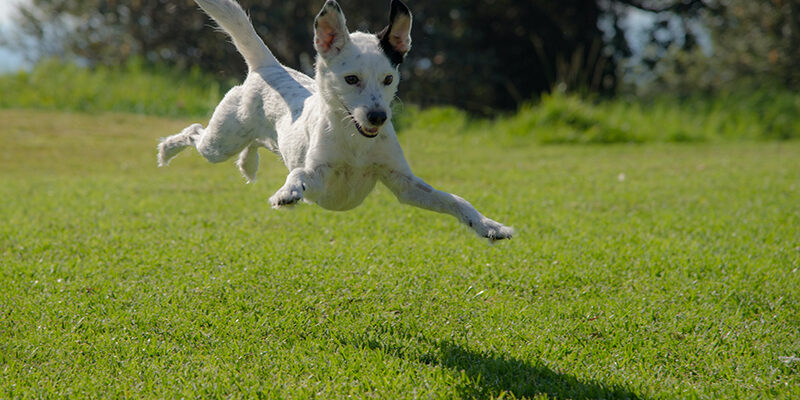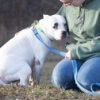Our last tip addressed things to consider when a dog is not responding to a trained cue. We mentioned that the first step is always to rule out whether there is a medical reason for the dog’s unwillingness or inability to respond. Assuming that there is not a physical reason found, here are a few more things to consider if your dog isn’t responding to a cue you believe they know:
- Does the dog truly understand the behavior? Perhaps we haven’t trained something as thoroughly as we think we have, especially if it is a more complicated or challenging task. Or maybe we believe the dog is responding to a verbal cue, but they have actually been picking up on a visual cue you often give simultaneously, so they do not yet know to respond to a verbal cue alone.
- Has the dog generalized the behavior? If you have only trained “sit” while standing in the living room, your dog may not know that it means the same thing if you are sitting down, or in the back yard, or if someone else is giving the cue. Dogs need to practice skills in a variety of settings in order for the generalization process to take place, so if you have changed the environment, you may need to temporarily go back to basics again.
- Is the dog emotionally able to respond? If something in the environment is causing your dog to feel afraid, frustrated, stressed, excited, anxious, etc., it may be very difficult for them to respond. For instance, a dog who is afraid of bikes may be too scared to perform a sit-stay on a path as a cyclist goes by feet away. Get skilled at reading your dog’s body language, and help them out when they need it.
Rather than getting frustrated with your dog when they aren’t doing what you ask, use the opportunity to troubleshoot and try to understand them more. When we approach our dogs with empathy and compassion, we are much more likely to get the training results we desire!








